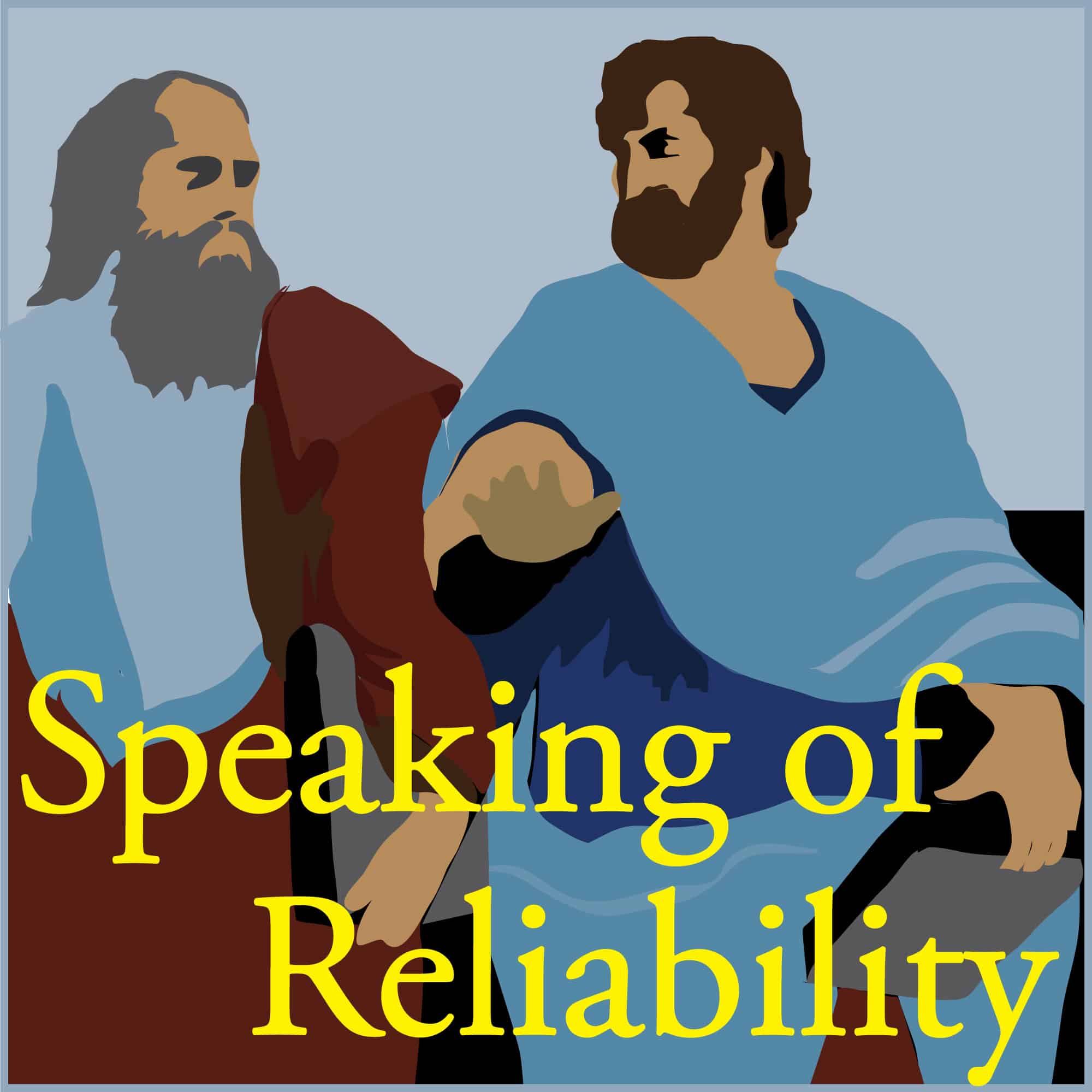

Speaking Of Reliability: Friends Discussing Reliability Engineering Topics | Warranty | Plant Maintenance
Reliability.FM: Accendo Reliability, focused on improving your reliability program and career
Gain the experience of your peers to accelerate improvement of your program and career. Improve your product development process, reliability or warranty performance; or your plant uptime or asset performance. Learn about reliability and maintenance engineering practical approaches, skills, and techniques. Join the conversation today.
Episodes
Mentioned books

Apr 14, 2025 • 0sec
SOR 1061 Adhesives
Kirk and Fred dive into the critical world of adhesives, highlighting reliability challenges in mechanical assemblies. They discuss issues like mismatched thermal expansion affecting bonds and the secrets behind encapsulation epoxies in microcircuits. Automotive applications are explored, particularly how adhesives handle extreme conditions and the importance of material compatibility. The duo also reveals the pitfalls of relying on adhesives as quick fixes, stressing the need for thoughtful engineering choices to ensure structural integrity.

Apr 11, 2025 • 0sec
SOR 1060 Excessive Starts and Stops Modeling
How do you take into consideration the number 'starts and stops' your item goes through during it's life when it comes to characterizing reliability? It's important ... but are there any rules that can help?

Apr 7, 2025 • 0sec
SOR 1059 EV Battery Life
Chris and Fred delve into why electric vehicle batteries often exceed their predicted lifespans. They dissect the gap between lab testing and real-world usage, revealing that many users charge batteries in ways that extend their lives. They also discuss innovative charging solutions and stress the significance of understanding battery health. The conversation further highlights the challenges of accurately marketing battery performance while navigating the complexities of reliability engineering. Tune in for eye-opening insights on battery longevity!

Apr 4, 2025 • 0sec
SOR 1058 Use and Environmental Data
The discussion focuses on harnessing real-world data to refine mission profiles, moving from rigid deterministic approaches to flexible stochastic methods. Environmental factors like temperature and humidity are crucial in determining component reliability. The speakers highlight the risks of selection bias in data analysis and emphasize the importance of accurate usage behavior to avoid over-engineering. They also navigate the balance between leveraging connectivity for data collection and protecting user privacy, advocating for critical thinking in data-driven decisions.

Mar 31, 2025 • 0sec
SOR 1057 Intermittent Failure During a Test
Chris and Fred dive into the puzzling world of intermittent failures in testing. They explore the importance of thorough root cause analysis, especially when physical evidence is elusive. The discussion also highlights misleading durability claims in product testing, using LED lights as a prime example. Listeners learn how even small, unnoticed failures could indicate larger issues. They share insights on analyzing historical mortality trends to summarize the evolution of reliability, emphasizing that a clear understanding of testing conditions is crucial for product longevity.

Mar 28, 2025 • 0sec
SOR 1056 Is a PhD Worth It?
It takes a lot of work (and money) to get a PhD in anything. But is it worth it in the world of reliability engineering? Many reliability engineers are 'self taught' or have completed lower level courses. So ... what's the point?

Mar 24, 2025 • 0sec
SOR 1055 Long-form Reading
Long-form Reading Abstract Dianna and Fred discuss long-form reading. Is it in decline? Key Points Join Dianna and Fred as they discuss long-form reading. Topics include: the impact of the digital age on our ability to focus. why detailed reports and documentation are essential for engineering and reliability work. the risks of relying on checklists […]

Mar 21, 2025 • 0sec
SOR 1054 Using RBD Effectively
Dianna and Fred explore the effective use of reliability block diagrams (RBDs) to enhance team collaboration and decision-making. They emphasize starting simply to facilitate discussions and address design goals. A compelling story illustrates how a basic RBD approach led a team to exceed reliability expectations. The conversation also highlights the importance of communication in reliability engineering, including lessons learned from past failures and the benefits of iterative design processes.

Mar 17, 2025 • 0sec
SOR 1053 A Good Reliability Engineer
A Good Reliability Engineer Abstract Kirk and Fred discuss a simple question of what being a practical and sound reliability engineer means. Key Points Join Kirk and Fred as they discuss the different aspects of reliability engineering and what they need to be a good reliability engineer Topics include: The results of effective reliability development […]

Mar 14, 2025 • 0sec
SOR 1052 Confidence Reliability
Confidence Reliability Abstract Kirk and Fred discuss the term “confidence” and its use in reliability engineering Key Points Join Kirk and Fred as they discuss confidence in predicted failure distributions and the use of reliability engineering. Topics include: Knowing how and why a system fails, such as a modem, and the variations in the environmental […]


